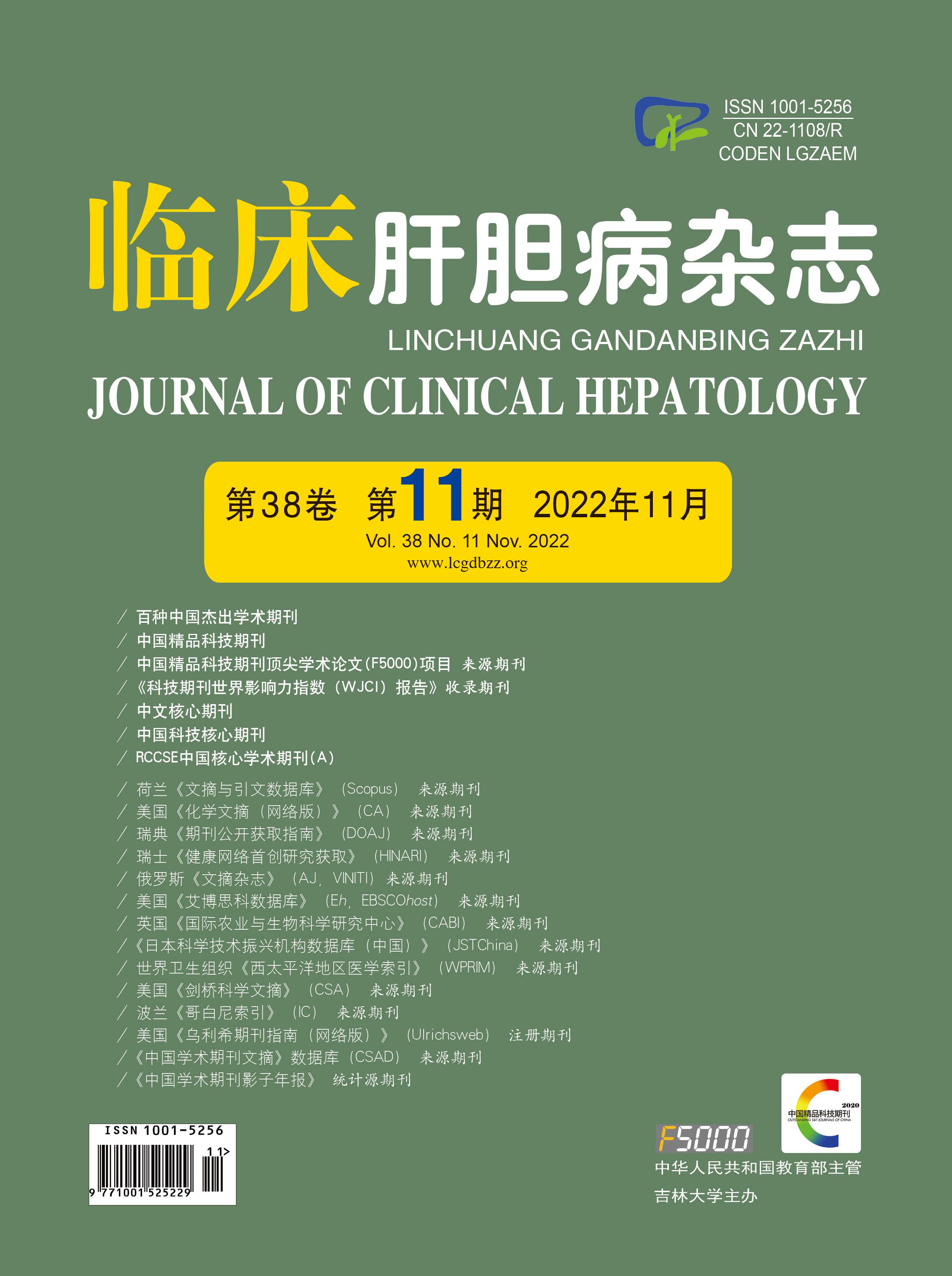| [1] |
XU ZR, WANG HZ, YANG ZQ, et al. Risk factors analysis of pancreatic ductal stones combined with malignant tumor beside stones[J]. Chin J Dig Surg, 2018, 17(12): 1204-1208. DOI: 10.3760/cma.j.issn.1673-9752.2018.12.011. |
| [2] |
DREWES AM, BOUWENSE SAW, CAMPBELL CM, et al. Guidelines for the understanding and management of pain in chronic pancreatitis[J]. Pancreatology, 2017, 17(5): 720-731. DOI: 10.1016/j.pan.2017.07.006. |
| [3] |
|
| [4] |
Special Committee on Chronic Pancreatitis, Pancreatic Disease Specialized Committee, Chinese Medical Doctor Association. Guideline for the diagnosis and treatment of chronic pancreatitis(2018, Guangzhou)[J]. J Clin Hepatol, 2019, 35(1): 45-51. DOI: 10.3969/j.issn.1001-5256.2019.01.008. |
| [5] |
BASSI C, MARCHEGIANI G, DERVENIS C, et al. The 2016 update of the International Study Group (ISGPS) definition and grading of postoperative pancreatic fistula: 11 Years After[J]. Surgery, 2017, 161(3): 584-591. DOI: 10.1016/j.surg.2016.11.014. |
| [6] |
WAN L, ZHAO Q, CHEN J, et al. Expert consensus on the application of pain evaluation questionnaires in China(2020)[J]. Chin J Painol, 2020, 16(3): 177-187. DOI: 10.3760/cma.j.cn101379-20190915-00075. |
| [7] |
|
| [8] |
|
| [9] |
|
| [10] |
ISSA Y, BRUNO MJ, BAKKER OJ, et al. Treatment options for chronic pancreatitis[J]. Nat Rev Gastroenterol Hepatol, 2014, 11(9): 556-564. DOI: 10.1038/nrgastro.2014.74. |
| [11] |
AN DJ, AN L, ZHANG C, et al. Clinical analysis of 76 cases of chronic pancreatitis complicated with pancreatic duct stones. [J]. Chin J Pancreatol, 2018, 18(4): 267-270. DOI: 10.3760/cma.j.issn.1674-1935.2018.04.014. |
| [12] |
ERCP Group, Chinese Society of Digestive Endoscopology, Biliopancreatic Group, Chinese Association of Gastroenterologist and Hepatologis, National Clinical Research Centerfor Digestive Diseases. Chinese Guidelines for ERCP(2018)[J]. J Clin Hepatol, 2018, 34(12): 2537-2554. DOI: 10.3969/j.issn.1001-5256.2018.12.009. |
| [13] |
RÖSCH T, DANIEL S, SCHOLZ M, et al. Endoscopic treatment of chronic pancreatitis: a multicenter study of 1000 patients with long-term follow-up[J]. Endoscopy, 2002, 34(10): 765-771. DOI: 10.1055/s-2002-34256. |
| [14] |
YIN ZY, LIU Q, LI XM, et al. Endoscopic retrograde cholangio-pancreatography for pancreatic duct stones[J/CD]. Chin J Hepat Surg(Electronic Edition), 2020, 9(5): 466-470. DOI: 10.3877/cma.j.issn.2095-3232.2020.05.016. |
| [15] |
|
| [16] |
GU F, CHENG R, ZHANG ST. Use of ERCP combined with ESWL in the treatment of pancreatic duct stones[J]. Chin J Bases Clin Gen Surg, 2022, 29(2): 141-145. DOI: 10.7507/1007-9424.202201009. |







 DownLoad:
DownLoad: